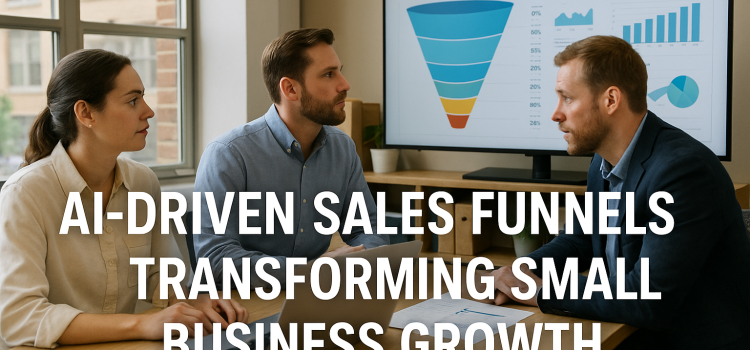
Akhrot Clothing: Embracing Tradition with the Farshi Shalwar Suit
In a rapidly modernizing fashion industry, where trends change with every season, few brands manage to strike the perfect balance between timeless tradition and contemporary style. Akhrot Clothing has not only achieved that balance but also redefined the essence of ethnic fashion in Pakistan. Known for its dedication to heritage, intricate craftsmanship, and unique aesthetic, Akhrot Clothing has emerged as a brand that celebrates cultural identity in the most elegant way. One of its standout offerings is the Farshi Shalwar Suit, a regal ensemble that brings history, elegance, and grace into the modern wardrobe.
A Legacy of Heritage in Modern Designs
Akhrot Clothing was born out of a passion to revive and promote Pakistan’s rich textile heritage. At a time when most fashion houses were leaning toward western fusion, Akhrot chose a different path — one rooted deeply in tradition. The brand’s collections often include classic silhouettes, heritage embroidery techniques, and handwoven fabrics. But what truly sets it apart is the way it modernizes traditional outfits, especially pieces like the Farshi Shalwar Suit, making them relevant and wearable for today’s women.
What is a Farshi Shalwar Suit?
The Farshi Shalwar Suit is a traditional South Asian outfit that dates back to the Mughal era. “Farshi” means “floor-sweeping”, and the shalwar (pants) are named so because of their voluminous and trailing design that sweeps the floor with grace. Typically worn with a long kameez or kurta and a heavily embellished dupatta, the ensemble is regal, grand, and ideal for festive or formal occasions.
Unlike modern slim-fit trousers or straight pants, the Farshi Shalwar exudes a sense of royalty. It is crafted using yards of fabric, pleated meticulously to create a flowing silhouette that adds drama and movement to every step. When designed well, it turns into a statement piece — and that’s where Akhrot Clothing shines.
The Akhrot Approach to Farshi Shalwar Suits
Akhrot Clothing has reintroduced the Farshi Shalwar Suit in a way that’s not only authentic but also wearable in today’s fashion landscape. The brand understands the charm of traditional attire but also recognizes the importance of comfort, practicality, and aesthetic appeal for the modern Pakistani woman.
1. Premium Fabrics and Handcrafted Excellence
Each Farshi Shalwar Suit by Akhrot is made using high-quality fabrics such as pure cotton, lawn, chiffon, silk, and organza. The brand prioritizes comfort without compromising on the richness of the attire. Whether it’s summer wear with breathable fabrics or winter formal pieces in velvet and jamawar, Akhrot ensures that every Farshi shalwar maintains its majestic structure and flow.
2. Reviving Traditional Embroidery
The hallmark of Akhrot’s craftsmanship lies in its embroidery. From zardozi and gota work to resham and mirror embellishments, each Farshi Shalwar Suit is adorned with traditional artistry. These intricate designs not only enhance the beauty of the outfit but also pay homage to age-old techniques that are slowly disappearing from mainstream fashion.
3. Modern Tailoring, Classic Appeal
While the essence of the Farshi Shalwar Suit is rooted in tradition, Akhrot Clothing adds subtle modern touches — from pastel color palettes and contemporary motifs to adjustable waistbands and lightweight linings. These thoughtful details ensure that the outfit feels luxurious and wearable, even in today’s fast-paced lifestyle.
A Symbol of Elegance for Every Occasion
One of the reasons the Farshi Shalwar Suit continues to captivate the hearts of fashion lovers is its versatility. Akhrot Clothing offers a range of designs suitable for weddings, Eid, family gatherings, formal dinners, and even intimate festivities.
-
For Brides & Bridesmaids: Akhrot’s bridal and festive collections feature heavily embellished Farshi Shalwar Suits with hand-sewn motifs, mirror work, and royal fabrics like brocade and velvet.
-
For Eid Celebrations: The brand’s Eid line includes pastel-hued suits with light embroidery — perfect for day-to-night events.
-
For Cultural Events: If you’re attending a mehndi, sangeet, or a cultural festivity, a Farshi Shalwar Suit from Akhrot Clothing ensures you stand out with a regal, feminine flair.
Sustainability Through Craft
Akhrot Clothing doesn’t just sell garments — it preserves cultural history. Each Farshi Shalwar Suit involves artisans who specialize in heritage embroidery and traditional tailoring. By supporting these skilled workers, the brand plays a role in sustaining local crafts and providing livelihood to families dependent on hand embroidery and textile work.
Styling a Farshi Shalwar Suit
Styling a Farshi Shalwar Suit can be both fun and sophisticated. Akhrot often pairs these suits with traditional khussas, statement jewelry like jhumkas and choker sets, and matching clutches for a complete festive look. The brand also shares styling tips through its social media and blog to help customers create both bold and subtle looks based on their personality.
Styling Tips:
-
Keep your accessories minimal if your outfit is heavily embroidered.
-
For lighter suits, add a pop of color with a bold lipstick or bright dupatta.
-
Don’t forget a classic hair bun or braid to complement the traditional vibe.
Available Online and In Stores
Akhrot Clothing has made it easy to shop for traditional outfits from anywhere. Their Farshi Shalwar Suits are available online with nationwide delivery across Pakistan and international shipping to select countries. Customers can browse through their detailed product pages, explore fabric descriptions, zoom in on embroidery details, and consult with customer service for sizing or styling advice.
For those who prefer a more tactile shopping experience, Akhrot also has physical stores and exhibitions where you can feel the fabric, try on the outfits, and enjoy personalized service.
What Customers Love About Akhrot Clothing
Akhrot Clothing has cultivated a loyal customer base, and reviews often highlight:
-
The authenticity of designs
-
Quality of fabric and tailoring
-
The uniqueness of the Farshi Shalwar Suit collection
-
Attention to detail in packaging and delivery
-
Responsive and helpful customer service
This growing trust reflects the brand’s commitment to excellence and cultural preservation.
Conclusion: A Celebration of Pakistani Tradition
In a world where fast fashion often overshadows heritage, Akhrot Clothing stands out by offering timeless beauty, authenticity, and craftsmanship. The Farshi Shalwar Suit, with its graceful flow and rich legacy, represents the best of what Pakistani culture has to offer. Through Akhrot’s lens, this traditional outfit becomes more than just clothing — it becomes a celebration of identity, femininity, and history.
Whether you’re dressing for a special occasion or simply want to embrace your roots with elegance, a Farshi Shalwar Suit from Akhrot Clothing is a perfect choice. Experience the magic of heritage with a modern twist — only at Akhrot.













































